80-82 Cao Duc Lan, District 2, HCMC, Vietnam
+84 76 865 6688
info@beetech.com.vn
+84 76 865 6688
About us
Contact us
80-82 Cao Duc Lan, District 2, HCMC, Vietnam
+84 76 865 6688
info@beetech.com.vn
+84 76 865 6688
About us
Contact us

The benefits of RFID tags technology in detecting and preventing counterfeit fashion products
In today’s modern world, counterfeit fashion products have become increasingly sophisticated. The clothing, shoes, or handbags you are using may appear authentic, but they could be perfect replicas that are nearly impossible to detect with the naked eye. This is why Radio Frequency Identification (RFID) technology has emerged as a powerful solution, helping protect consumers from counterfeit goods while preserving the reputation of major brands.
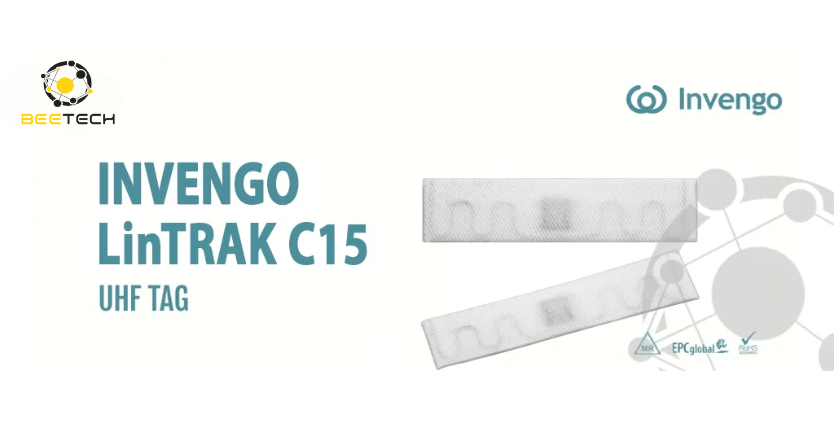
Counterfeit products not only damage brand reputation but also threaten consumer safety and well-being. These items are often made from low-quality materials, unregulated and untested, which can cause skin irritation, chemical exposure, or environmental harm. Additionally, revenue loss from counterfeiting affects companies’ legal income and reduces investment in research and development.
Traditional methods such as label inspection, barcode scanning, or identifying by appearance and material are no longer effective in the face of increasingly clever counterfeit strategies. Fakes can replicate logos, packaging, and branding so well that consumers cannot distinguish genuine items without specialized tools.
RFID (Radio Frequency Identification) is a technology that identifies objects using radio waves. An RFID chip is embedded in a product, carrying a unique and uncopyable identification code. Each item is assigned a specific ID stored in a database and can be quickly verified using an RFID reader or NFC-enabled smartphone.
When RFID chips are embedded in fashion items like clothing, shoes, or bags, they store detailed information including:
When scanned, the RFID chip allows consumers or retailers to verify the product’s origin against the manufacturer’s database. If the information doesn’t match or is absent, the product is likely counterfeit.
RFID chips serve as powerful authentication tools for each product. Brands can offer “verify authenticity” features at stores or via mobile apps, strengthening customer confidence.
Consumers can avoid purchasing fake or low-quality items by verifying authenticity in seconds. RFID helps reduce risks related to health, finance, and overall shopping experience.
Counterfeit products cause substantial losses for businesses. RFID enables real-time tracking throughout the supply chain, reducing unauthorized inventory and safeguarding profits.
From manufacturing to distribution and retail, RFID allows real-time tracking of each item. Companies can locate products, manage inventory, and detect counterfeit intrusions promptly.
RFID speeds up inventory audits, improves order processing, and boosts warehouse efficiency. Thousands of items can be counted in minutes instead of hours.
At stores, shoppers can scan RFID chips via smartphone apps to instantly verify a product’s origin. This brings transparency, personalization, and a more modern retail experience.

Major brands use RFID during fashion launches and shows to verify product authenticity on display. This prevents counterfeit items from appearing at events and reinforces brand image.
RFID also helps manage exclusive items (e.g., limited editions), monitor fitting room activity, and ensure items are not swapped or stolen.
RFID is being integrated with emerging technologies such as:
This not only improves counterfeit detection but also promotes transparency and sustainability within the fashion industry for both brands and consumers.
As counterfeit goods become more sophisticated and widespread, RFID technology offers a powerful weapon to protect consumer rights, uphold brand integrity, and create a more transparent fashion market. From verifying product origin to enabling smart supply chain management, RFID is transforming how the fashion industry operates and grows.
If you’re a smart shopper or a fashion brand seeking an effective anti-counterfeiting solution, now is the time to consider implementing RFID in your system to lead the way into the future and build lasting trust with your customers.
Looking for tailored RFID solutions for your business? From anti-counterfeiting to inventory and supply chain tracking, contact Beetech today to get expert consultation and a full range of RFID chips customized to your needs. Let Beetech be your trusted partner in digital transformation.
📧 Email: info@beetech.com.vn
🌐 Website: https://beetech.com.vn

See more products: Here
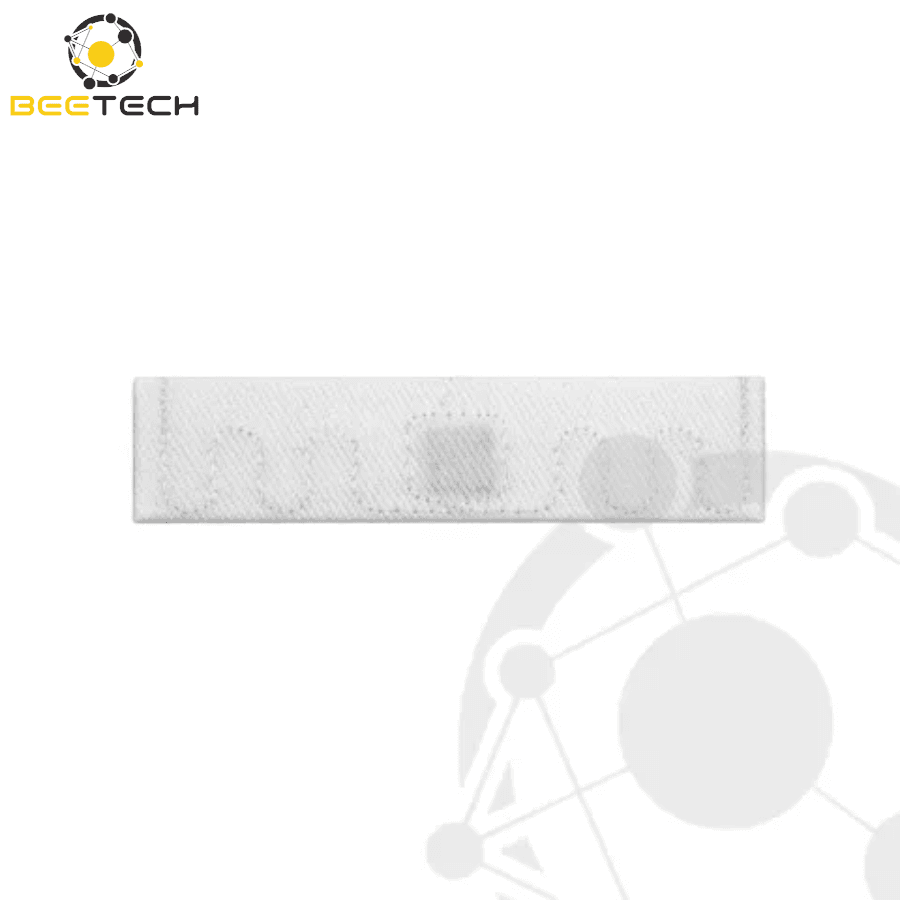
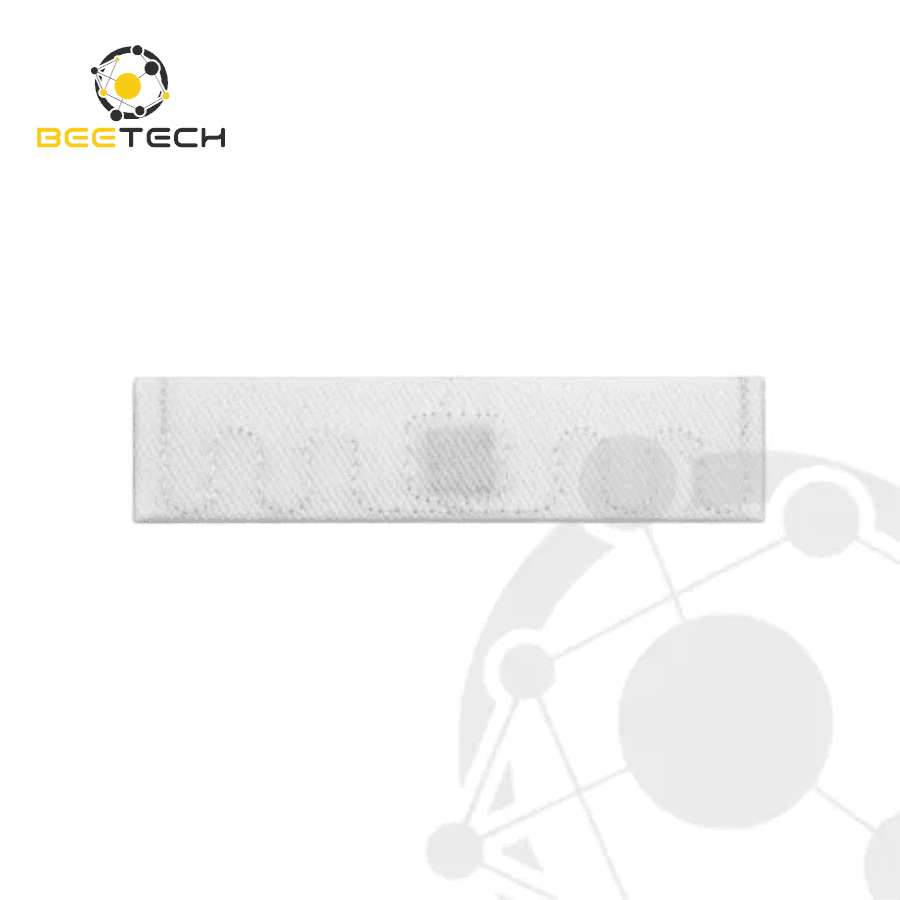

RFID and Digital ID – Revolutionizing the Food Industry Supply Chain
13/05/2025 09:23:01

Why should RFID tags be used in garment industry management?
13/05/2025 07:29:06
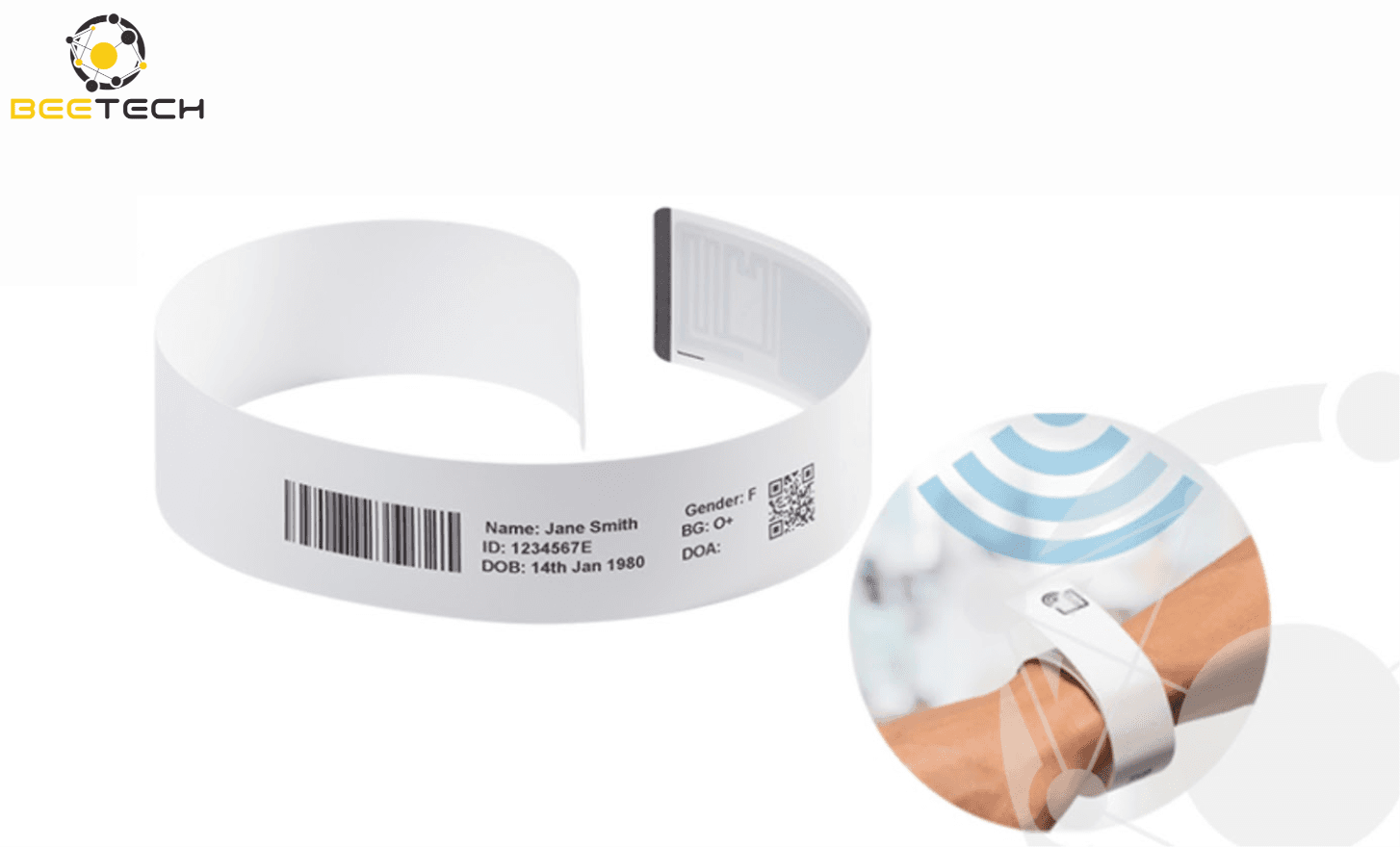
What is an RFID Wristband? Top 5 Reasons to Use an RFID Wristband
09/05/2025 07:05:15
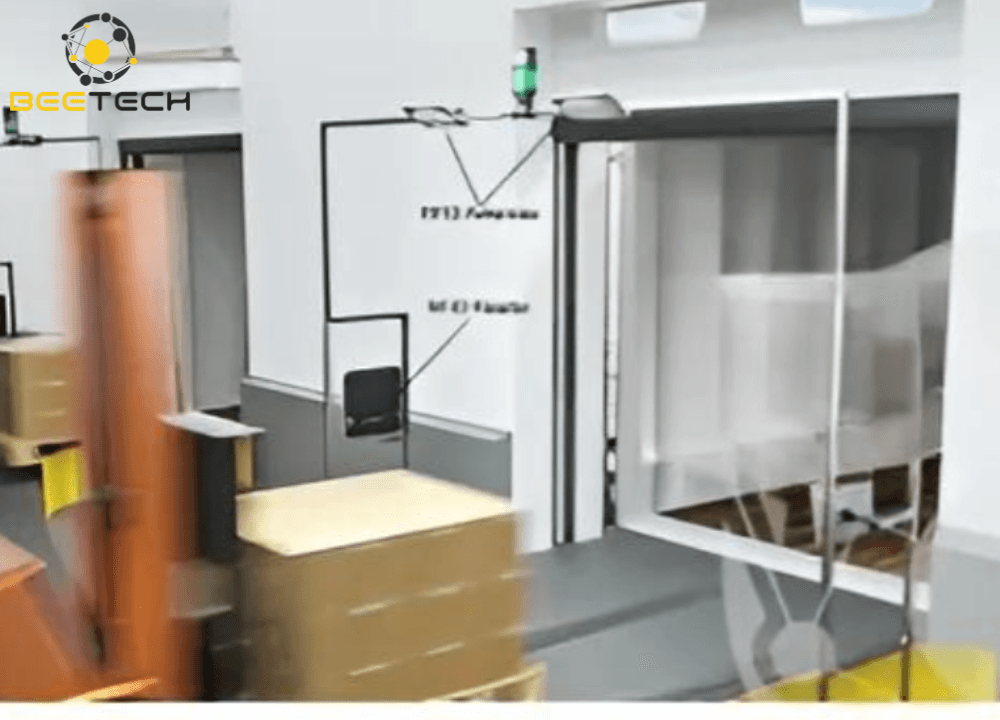
What Is an RFID Gate System and How Does It Work?
09/05/2025 03:51:53

The Role of RFID in Healthcare
09/05/2025 02:55:55

What is RFID and why does it help manage inventory more accurately and efficiently?
06/05/2025 03:09:45